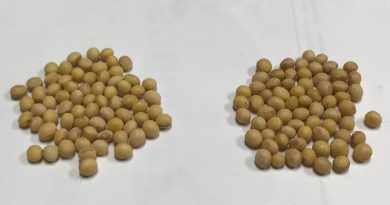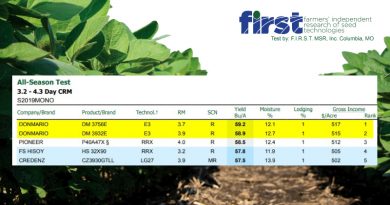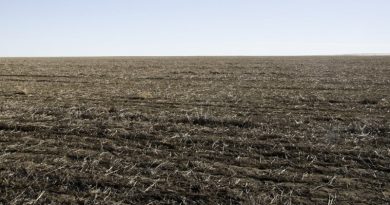Selection & Placement: Keys to Product Success
We have ushered in the New Year and in doing so; it is time to focus on the 2023 growing season. The next couple of months are a great time to sit with your Burrus Representative and create a planting plan. Product placement and population recommendations are two variables over which we have control. Placing the right products in the right environment can set the stage for success. There are a few items to consider when selecting and positioning products which we will cover in this article.
Early Vigor Ratings
Are there fields that need to be planted early to facilitate early harvest? Many growers prefer to start close to the main farmstead to work out the kinks when beginning planting or harvesting. Selecting a slightly earlier maturity may be appropriate to facilitate this. It is important to note, on average, 2 bushels of yield and 0.5 point of moisture is gained for each day increase in relative maturity. Additionally, selecting hybrids with strong vigor ratings may be appropriate as early-season conditions tend to be wetter and cooler.
Crop Rotation
Crop rotation also plays an important role in product selection for a particular field. If a field is going into second year corn, it is prudent to select a hybrid with the corn-on-corn designation in the Burrus Product Selection Guide. This helps ensure the product has the agronomics and disease package to handle the stress that occurs with corn-on-corn, like increased disease pressure from overwintering residue. It is also important to assess the corn rootworm pressure that may be present in your area. Burrus currently offers Qrome® and SmartStax® hybrids to combat this pest and protect your crops throughout the growing season. Burrus provides choice by offering most trait platforms that are currently available in the marketplace.
Yield Goals
Knowing yield goals or APH for a particular field can help with product placement and setting the correct population. The yield goal is likely strongly tied to the soil types present in a particular field. Every hybrid responds to population densities differently, and this response is closely tied to the yield level. At Burrus, we conduct population trials at many locations and different yield levels. The goal is to ensure we have the proper hybrid on the right acre to maximize overall performance and consistency. Throughout our testing, we have embraced a concept called optimum ear size (OES). The OES recognizes each hybrid has a specific amount of starch that each plant will make when it is most efficient with resources. The aim of this concept is to maximize individual ear consistency throughout the field. This system can help us dial in the correct population for each field. Additionally, the MyFarms platform, which is free to all Burrus customers, can help create a planting plan for each field as well based on the same criterion mentioned above. Your representative can help walk you through this program to create a customized planting plan for your farm.
The Burrus listen, learn, best fit approach means we are here to tailor a solution for your direct needs on a field-by-field level. Nobody knows your ground better than you, and nobody knows the Burrus products better than the Burrus Account Managers and agronomy team. By bringing these two parties together, we can help you optimize your farm’s yield potential.
Article written by Burrus Field Agronomist Dana Harder, CCA






